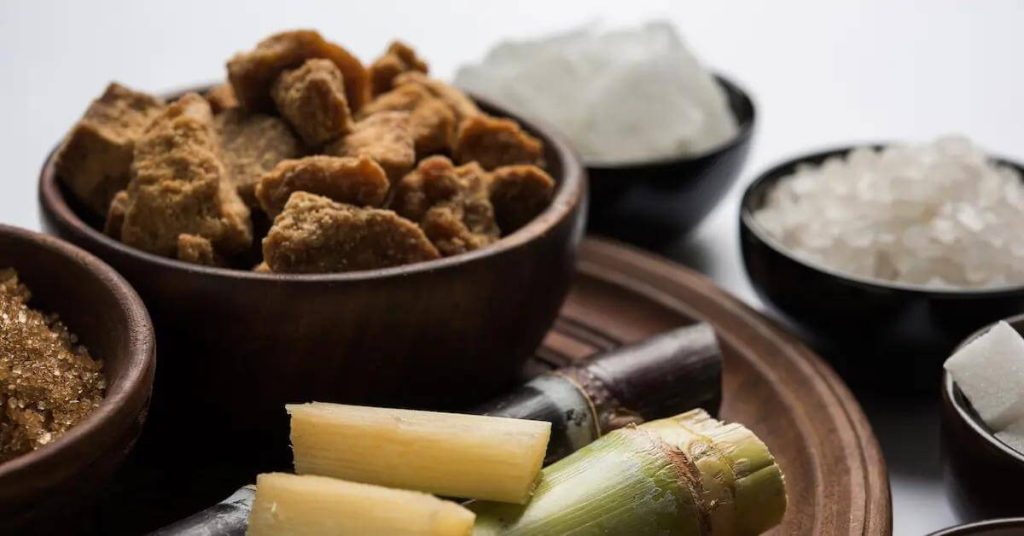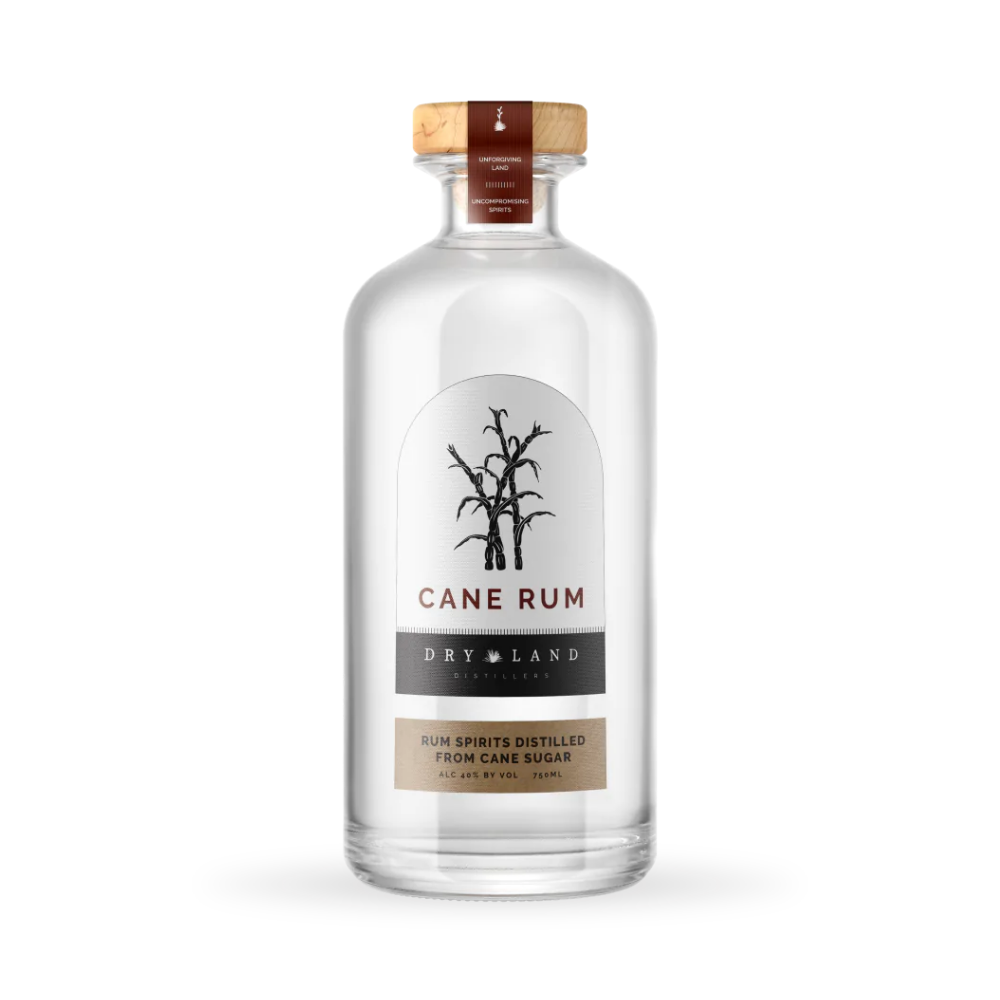Advanced Cane Sugar Processing: Enhancing Performance and Sustainability
Advanced Cane Sugar Processing: Enhancing Performance and Sustainability
Blog Article
Exploring the Comprehensive Tips Entailed in Walking Cane Sugar Processing From Collecting to Refinement
The process of walking stick sugar manufacturing encompasses a series of detailed steps, starting with the mindful harvesting of sugarcane and finishing in the refinement stages that make certain the last item meets market requirements. Each stage, from the extraction of juice to the filtration and condensation procedures, plays an important role in determining the high quality and personality of the sugar.
Collecting Sugarcane
Collecting sugarcane is a crucial step in the walking stick sugar processing chain, as it directly affects the top quality and return of the last item. Appropriate timing and techniques are crucial during this phase to guarantee ideal sugar content and minimize losses. Generally, sugarcane is harvested when it reaches maturation, normally 12 to 18 months after planting, characterized by a high sucrose focus.
:strip_icc()/How-to-Plant-and-Grow-Sugar-Cane-965303384-2fdac181359d44c185dfa7988fc181a8.jpg)
Post-harvest, the sugarcane should be refined quickly to avoid sucrose deterioration. Ideally, collected walking stick ought to be delivered to processing facilities within 24 hours to maintain sugar high quality. As a result, effective logistical preparation is critical to preserve the honesty of the harvested plant throughout the supply chain.
Extraction Process

The crushed cane goes through a series of pressing operations to take full advantage of juice healing. Generally, hot water is splashed onto the crushed walking stick, producing a countercurrent flow that helps liquify the sugar while likewise helping in the extraction procedure. The juice gathered from this operation consists of not only sugar but additionally different organic compounds and contaminations.

To improve removal performance, some facilities may use diffusion approaches, where the sugarcane is saturated in warm water, permitting the soluble sugars to diffuse right into the liquid. The resulting juice, rich in sucrose, is then directed to subsequent handling phases, laying the structure for filtration and improvement. The removal procedure is therefore essential in establishing the quality and return of the last sugar item.
Filtration Strategies
The purification techniques employed in cane sugar processing are vital for changing the raw juice into a top notch sugar product. These methods primarily aim to get rid of impurities, such as dirt, plant products, and inorganic substances, which can adversely influence the last item's flavor and color.
Among one of the most typical purification strategies is explanation. This procedure includes adding lime and warmth to the raw juice, which promotes the coagulation of pollutants. The resulting precipitate is then removed via sedimentation or purification, producing a clearer juice. Additionally, using phosphoric acid can improve the clarification procedure by additional binding impurities.
An additional considerable technique is carbonatation, where co2 is introduced to the made clear juice. This reaction generates calcium carbonate, which catches remaining pollutants and promotes their removal.
In addition, triggered carbon therapy may be used to adsorb any type of remaining colorants and natural impurities, making certain a much discover this more polished product. The mix of these techniques effectively prepares the sugar juice for succeeding action in the refining process, establishing the stage for the manufacturing of high-grade walking stick sugar.
Formation Methods
After the filtration stage, the next important step in walking stick sugar handling involves condensation approaches, which play a critical duty in transforming the cleared up juice right into strong sugar. This process usually employs 2 primary approaches: spontaneous formation and regulated formation.
In spontaneous crystallization, supersaturated sugar solutions are allowed to cool naturally, bring about the development of sugar crystals in time. This technique is less complex yet might result in uneven crystal sizes and lower purity degrees. On the various other hand, regulated formation is an extra accurate technique where temperature, focus, and seeding representatives are diligently managed. This method enables the uniform growth of sugar crystals and higher pureness.
During crystallization, the clarified juice is concentrated through dissipation, raising its sugar web content till it reaches supersaturation. Once this factor is attained, either approach can assist in the condensation process. Cane Sugar Processing. The resultant sugar crystals are after that divided from the staying syrup through centrifugation
Eventually, the choice of crystallization helpful hints method impacts the top quality, dimension, and purity of the final sugar item, making this step crucial in the total walking stick sugar processing procedure.
Improvement and Product Packaging
Exactly how can the purity and high quality of cane sugar be additionally enhanced after condensation? The refinement process plays an essential function in achieving premium walking cane sugar.
Following, the sugar undergoes a process called centrifugation, where it is spun at high rates to separate the cleansed sugar crystals from the remaining liquid. After centrifugation, the sugar is usually further fine-tuned via a method called carbonization or phosphatation, which utilizes turned on carbon or phosphoric acid to eliminate go to this website color and off-flavors.
When improved, the sugar is dried to accomplish the preferred dampness content, making certain that it remains steady throughout storage space and transportation. The final action entails product packaging the refined sugar in closed and moisture-proof containers to keep its quality and avoid contamination. Cane Sugar Processing. Correct product packaging not just extends rack life but also promotes very easy handling and circulation, ensuring that consumers receive sugar that satisfies the greatest requirements of purity and high quality
Final Thought
The detailed steps included in walking stick sugar handling, from the meticulous harvesting of sugarcane to the complex improvement and packaging phases, underscore the significance of each stage in making sure high-quality sugar manufacturing. Optimum harvesting strategies, effective extraction methods, and rigorous purification processes jointly add to the last item's purity and security. The formation and succeeding product packaging methods even more enhance the integrity and shelf life of the sugar, highlighting the complexity and precision integral in this vital agricultural industry.
The procedure of cane sugar production incorporates a series of intricate actions, beginning with the careful harvesting of sugarcane and culminating in the improvement phases that make sure the last product meets sector criteria. Ideally, harvested walking cane ought to be carried to processing centers within 24 hours to protect sugar high quality.In spontaneous crystallization, supersaturated sugar services are permitted to cool down naturally, leading to the formation of sugar crystals over time - Cane Sugar Processing. The refinement procedure plays an essential role in attaining high-grade walking cane sugar.The extensive steps entailed in walking stick sugar processing, from the careful harvesting of sugarcane to the complex refinement and packaging phases, underscore the importance of each stage in ensuring high-grade sugar production
Report this page